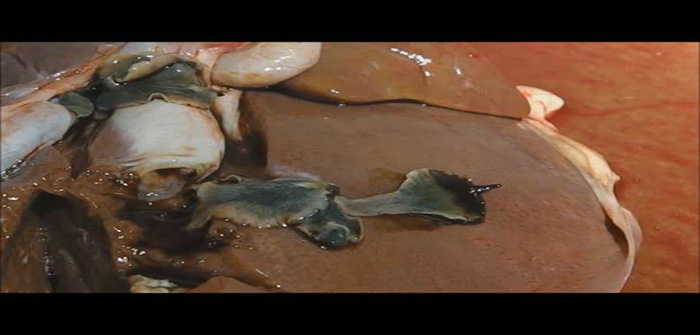The very dry summer of 2018 followed by winter conditions that have kept liver fluke levels low mean there have been very few reports of losses from acute fluke disease, and incidents of disease due to chronic fluke infections are also much lower than in previous years.
The Sustainable Control of Parasites in Sheep (SCOPS) and Control of Cattle Parasites Sustainably (COWS) groups say this means testing for adult fluke this spring could pay dividends later in the year.
Speaking on behalf of the Sustainable Control of Parasites in Sheep (SCOPS) Group, Lesley Stubbings said: “Reports from around the UK suggest that, as predicted, there has been a low challenge from liver fluke this winter. However, experts from around the country agree the key action this spring is to test to see if there are adult fluke present. If they are, treatment is needed to minimise the number of liver fluke eggs deposited on pastures this spring and reduce infection levels later in the summer.”
Diana Williams of the University of Liverpool, added: “The evidence supports the fact that the liver fluke challenge last autumn was lower than normal. However, it is not safe for farmers to assume no action is needed this spring. Pockets of fluke still exist even in a drought, because stock will tend to graze fresh grass around wetter parts of fields, water courses and ditches. These areas are where snails and, therefore, liver fluke larvae are also likely to be concentrated and why it is important to consider testing stock now, before turnout.”
Testing and treating
If animals are infected with liver fluke at this time of year, the majority will be egg-laying adults. Therefore, a straight forward composite faecal egg count (FEC) with samples taken from 10 animals within a management group will indicate if a fluke treatment is needed.
A product that is specific for the treatment of liver fluke and only removes adults (such as oxyclozanide or albendazole) is normally recommended at this time of year. This will reduce infection on pastures and also reduces pressure on the other flukicides that are needed when immature liver fluke are an issue.


